Home>Gardening & Outdoor>Landscaping Ideas>What Is Best For Top Dressing Lawns
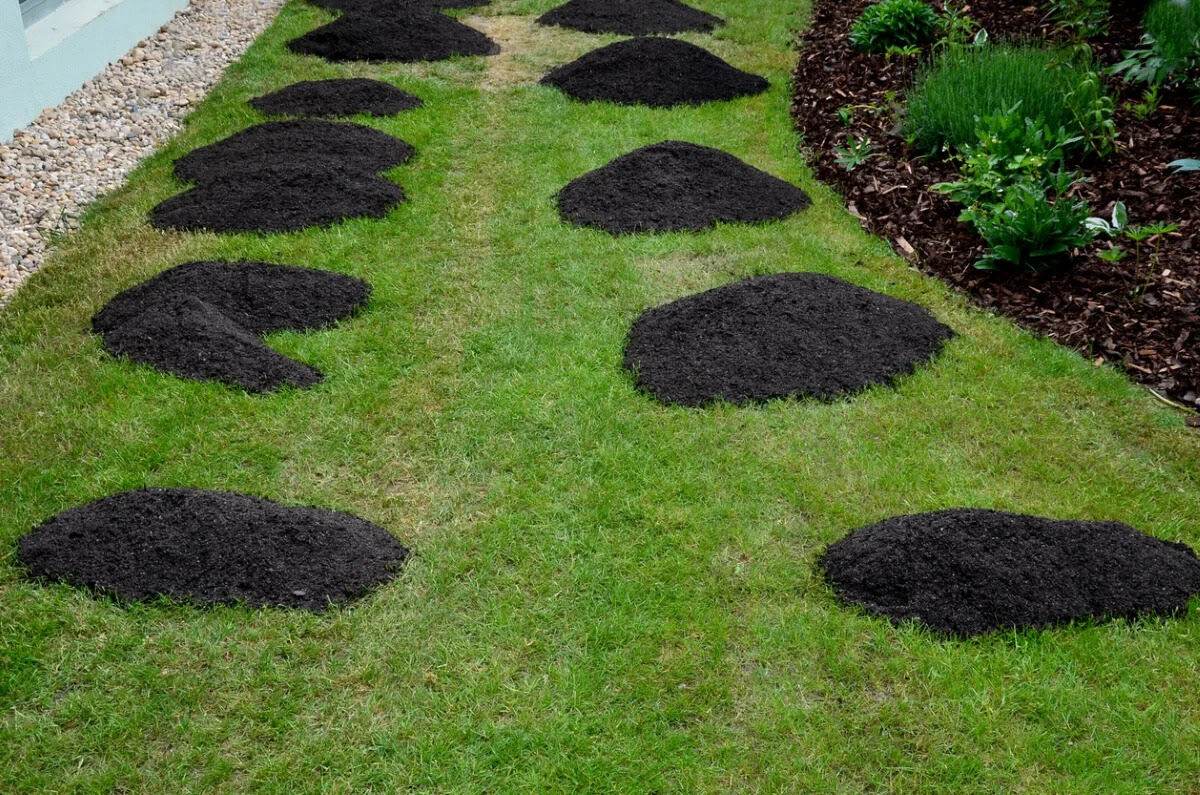

Landscaping Ideas
What Is Best For Top Dressing Lawns
Published: December 25, 2023
Discover the best top dressing techniques for your lawn with our expert landscaping ideas. Improve your lawn's health and appearance with our top dressing tips.
(Many of the links in this article redirect to a specific reviewed product. Your purchase of these products through affiliate links helps to generate commission for Storables.com, at no extra cost. Learn more)
Introduction
Welcome to the world of top dressing lawns, where the quest for a lush, healthy lawn reaches new heights. Top dressing is a landscaping practice that involves applying a thin layer of material over the surface of the lawn. This technique offers a multitude of benefits, from improving soil quality to enhancing the overall appearance of the lawn. Whether you’re a seasoned gardener or a novice enthusiast, understanding the ins and outs of top dressing is essential for achieving a vibrant and resilient lawn.
In this comprehensive guide, we’ll delve into the various aspects of top dressing lawns, including its benefits, types of materials used, application methods, and best practices. By the end of this journey, you’ll be equipped with the knowledge and confidence to elevate your lawn care game and nurture a thriving green oasis right in your backyard.
Key Takeaways:
- Top dressing lawns with materials like compost and topsoil can improve soil quality, level the surface, reduce thatch, and enhance grass growth for a vibrant and visually appealing lawn.
- Applying top dressing requires careful planning, even distribution, and post-application care to ensure optimal results and long-term health of the lawn.
Read more: How To Top Dress Bermuda Grass
Benefits of Top Dressing
Top dressing your lawn offers a myriad of benefits that contribute to the overall health and beauty of your outdoor space. Understanding these advantages can help you appreciate the significance of incorporating top dressing into your lawn care routine.
- Enhanced Soil Quality: One of the primary benefits of top dressing is its ability to improve soil quality. The application of organic materials such as compost or topsoil can replenish essential nutrients, enhance soil structure, and promote better water retention, creating an optimal environment for healthy grass growth.
- Leveling and Smoothing: Uneven surfaces and minor indentations on the lawn can be effectively addressed through top dressing. The application of a thin layer of material helps to level the ground, filling in low spots and smoothing out imperfections, resulting in a more uniform and aesthetically pleasing lawn.
- Thatch Reduction: Over time, a build-up of thatch, which consists of dead grass and organic debris, can impede the health of the lawn. Top dressing facilitates thatch decomposition by introducing beneficial microorganisms and encouraging their activity, thus reducing thatch accumulation and promoting a healthier turf.
- Improved Seed Germination: When overseeding a lawn, top dressing provides an ideal seedbed for new grass seeds. The layer of top dressing material protects the seeds, retains moisture, and creates favorable conditions for successful germination and establishment of new grass plants.
- Enhanced Root Development: By enriching the soil and providing a conducive environment for root growth, top dressing encourages the development of robust and extensive root systems. Strong roots are essential for the overall resilience of the lawn, enabling better nutrient uptake and improved tolerance to environmental stressors.
- Visual Appeal: Beyond its practical benefits, top dressing contributes to the visual appeal of the lawn. A well-executed top dressing application can result in a smooth, uniform surface and a vibrant, healthy lawn that becomes the envy of the neighborhood.
These benefits collectively underscore the value of top dressing as a fundamental practice for nurturing a thriving and resilient lawn, making it a worthwhile investment in the long-term health and beauty of your outdoor space.
Types of Top Dressing Materials
When it comes to top dressing lawns, a variety of materials can be used to achieve the desired results. Each type of top dressing material offers unique properties and benefits, catering to specific lawn care needs and objectives. Understanding the characteristics of these materials is essential for selecting the most suitable option for your lawn.
Here are some common types of top dressing materials:
- Compost: Organic compost is a popular top dressing material known for its rich nutrient content and ability to improve soil structure. Compost enhances soil fertility, promotes microbial activity, and contributes to long-term soil health. It also aids in thatch decomposition and provides a natural source of essential nutrients for the grass.
- Topsoil: High-quality topsoil is often used for top dressing to address minor surface irregularities and improve soil composition. It can be screened to remove debris and ensure a consistent texture, making it suitable for leveling the lawn and promoting healthy grass growth.
- Sand: Sand is utilized as a top dressing material to improve soil drainage and address compacted or heavy clay soils. When combined with organic matter, sand can help enhance soil aeration and prevent waterlogging, creating a more favorable environment for the grassroots to thrive.
- Premium Blended Mixes: Some lawn care providers offer specialized blended mixes designed specifically for top dressing. These mixes often combine organic components, such as compost or peat, with sand or topsoil to deliver a balanced blend of nutrients, organic matter, and soil improvement properties.
- Pelletized Soil Amendments: Pelletized products, such as pelletized lime or other soil amendments, can be used as a top dressing material to address specific soil deficiencies or pH imbalances. These targeted applications can help rectify soil issues while providing essential nutrients to the grass.
Each type of top dressing material has its own unique characteristics and applications, and the choice of material should align with the specific needs of your lawn. Whether you’re aiming to enrich the soil, level the surface, or address soil compaction, selecting the right top dressing material is crucial for achieving optimal results and nurturing a healthy, vibrant lawn.
When top dressing a lawn, use a mix of compost and sand to improve soil structure and drainage. Apply a thin layer, about 1/4 to 1/2 inch, and spread evenly across the lawn for best results.
How to Apply Top Dressing
Applying top dressing to your lawn requires careful planning and precise execution to ensure optimal results. The process involves several key steps aimed at achieving an even distribution of the top dressing material and promoting its integration into the existing soil and turf. Here’s a comprehensive guide on how to apply top dressing effectively:
- Assess the Lawn: Before applying top dressing, assess the condition of your lawn to identify any areas that may require leveling, thatch reduction, or soil improvement. This evaluation will help determine the amount of top dressing material needed and the specific areas to target.
- Prepare the Material: Depending on the type of top dressing material chosen, ensure that it is well-prepared and free from any contaminants or large clumps. For organic materials like compost or topsoil, consider screening or aerating the material to achieve a fine, uniform texture.
- Choose the Right Time: Opt for a time when the soil is slightly moist, but not overly wet, to facilitate the application and integration of the top dressing material. Avoid applying top dressing during periods of extreme heat or drought, as this may impede the effectiveness of the process.
- Apply the Material: Begin by spreading the top dressing material evenly across the lawn using a shovel, wheelbarrow, or specialized top dressing equipment. Work in small sections to ensure thorough coverage, and aim for a consistent layer thickness, typically ranging from ¼ to ½ inch, depending on the specific lawn care objectives.
- Distribute and Level: Use a rake or leveling tool to distribute the top dressing material evenly and to smooth out any irregularities. Pay attention to areas where the material may accumulate, such as near edges or around trees, and ensure a uniform application across the entire lawn surface.
- Incorporate the Material: After applying the top dressing, gently incorporate the material into the existing turf and soil by lightly brushing or dragging a mat or broom across the surface. This helps the top dressing blend with the underlying soil and minimizes disruption to the grass canopy.
- Water and Monitor: Following the application, lightly water the lawn to aid in the integration of the top dressing material and to promote moisture retention. Monitor the lawn closely in the subsequent weeks to assess the effectiveness of the top dressing and observe the impact on grass growth and overall soil health.
By following these steps and paying attention to the specific requirements of your lawn, you can apply top dressing effectively, leading to improved soil quality, enhanced grass growth, and a more resilient and visually appealing lawn.
Best Practices for Top Dressing Lawns
When it comes to top dressing lawns, adhering to best practices is crucial for achieving optimal results and ensuring the long-term health and beauty of your turf. By following these guidelines and recommendations, you can elevate your top dressing efforts and nurture a vibrant, thriving lawn.
- Regular Soil Testing: Before embarking on a top dressing regimen, consider conducting a soil test to assess the pH levels, nutrient content, and overall soil composition. This information can guide the selection of top dressing materials and help address specific soil deficiencies effectively.
- Strategic Timing: Plan top dressing applications during periods of active growth for the grass, such as early spring or early fall. Avoid extreme weather conditions, such as intense heat or drought, and aim for a time when the soil is moderately moist for optimal integration of the top dressing material.
- Even Application: Ensure the top dressing material is applied evenly across the entire lawn surface, paying attention to areas that may require leveling or thatch reduction. Consistent coverage promotes uniform soil enrichment and fosters balanced grass growth.
- Proper Thickness: Aim for a top dressing layer thickness of approximately ¼ to ½ inch, depending on the specific objectives and condition of the lawn. Avoid excessive thickness, as this may impede the movement of water and nutrients into the soil and hinder grass growth.
- Thorough Incorporation: After applying the top dressing, gently incorporate the material into the existing soil and turf to promote seamless integration. This step facilitates nutrient uptake, encourages root development, and minimizes the potential for thatch accumulation.
- Post-Application Care: Following the top dressing application, lightly water the lawn to aid in the integration of the material and to promote moisture retention. Monitor the lawn closely in the subsequent weeks, adjusting irrigation as needed to support the establishment of the top dressing and ensure favorable growing conditions for the grass.
- Regular Maintenance: Incorporate top dressing as part of a comprehensive lawn care regimen, complementing practices such as regular mowing, aeration, and proper fertilization. This integrated approach contributes to the overall health and resilience of the lawn, promoting lush, green turf that thrives in its environment.
By embracing these best practices and integrating top dressing into your lawn care routine, you can foster a robust, visually appealing lawn that becomes a testament to your dedication and expertise in nurturing outdoor spaces.
Read more: What Is The Best Grass For Lawns
Conclusion
As we conclude our exploration of top dressing lawns, it’s evident that this practice holds immense value in nurturing healthy, resilient, and visually stunning turf. By leveraging the benefits of top dressing, homeowners and landscaping enthusiasts can transform their lawns into thriving green oases that stand out for their vibrancy and vitality.
From the enrichment of soil quality to the reduction of thatch and the promotion of even grass growth, top dressing offers a holistic approach to lawn care, addressing various aspects of soil and turf health. The selection of top dressing materials, the application process, and the adherence to best practices collectively contribute to the success of this technique, allowing for the realization of lush, beautiful lawns that enhance outdoor living spaces and elevate curb appeal.
As you embark on your top dressing journey, remember that attention to detail, strategic planning, and a commitment to ongoing lawn care are integral to achieving and maintaining outstanding results. Whether you’re rectifying minor surface imperfections, enhancing soil fertility, or rejuvenating the overall health of your lawn, top dressing stands as a versatile and effective solution for addressing diverse lawn care needs.
So, embrace the art of top dressing, and witness the transformation of your lawn into a verdant masterpiece that reflects your dedication to creating a captivating outdoor environment. With each application of top dressing, you’re nurturing not just the grass, but a thriving ecosystem that enriches your home and brings joy to all who behold its natural splendor.
Here’s to the beauty, resilience, and enduring allure of top-dressed lawns, where the green carpet of nature unfolds in all its glory, inviting you to revel in the timeless charm of a well-tended landscape.
Frequently Asked Questions about What Is Best For Top Dressing Lawns
Was this page helpful?
At Storables.com, we guarantee accurate and reliable information. Our content, validated by Expert Board Contributors, is crafted following stringent Editorial Policies. We're committed to providing you with well-researched, expert-backed insights for all your informational needs.
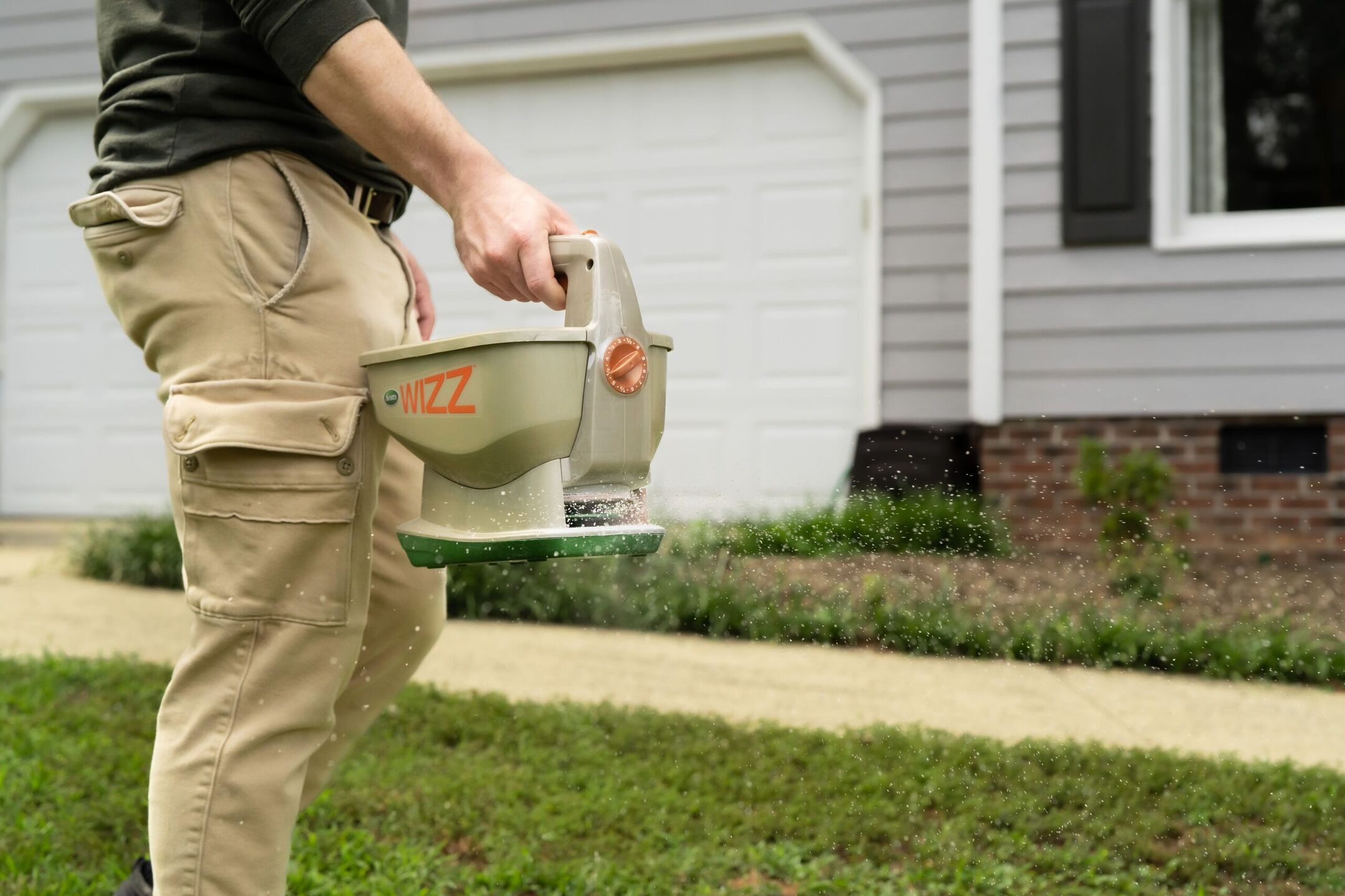
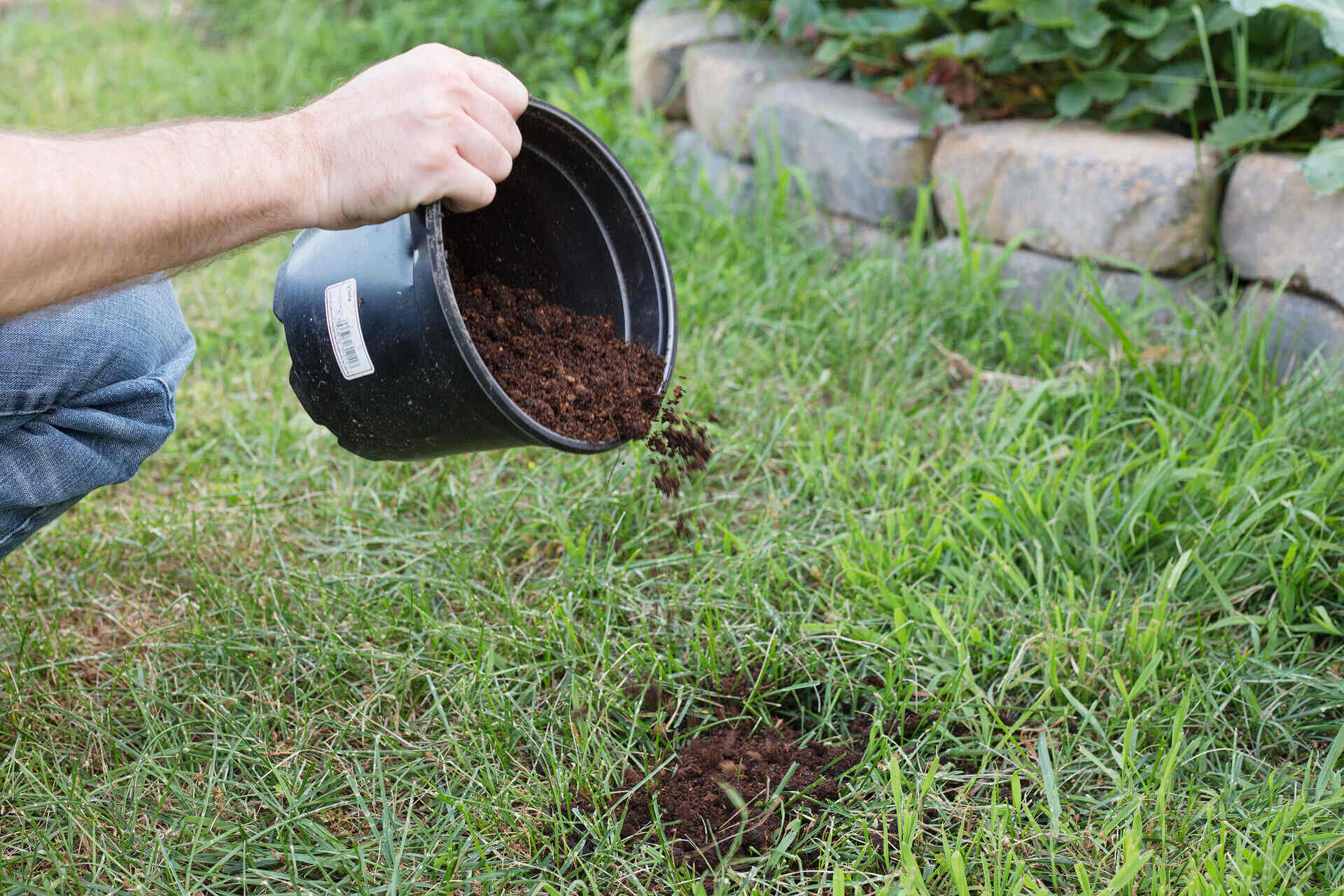
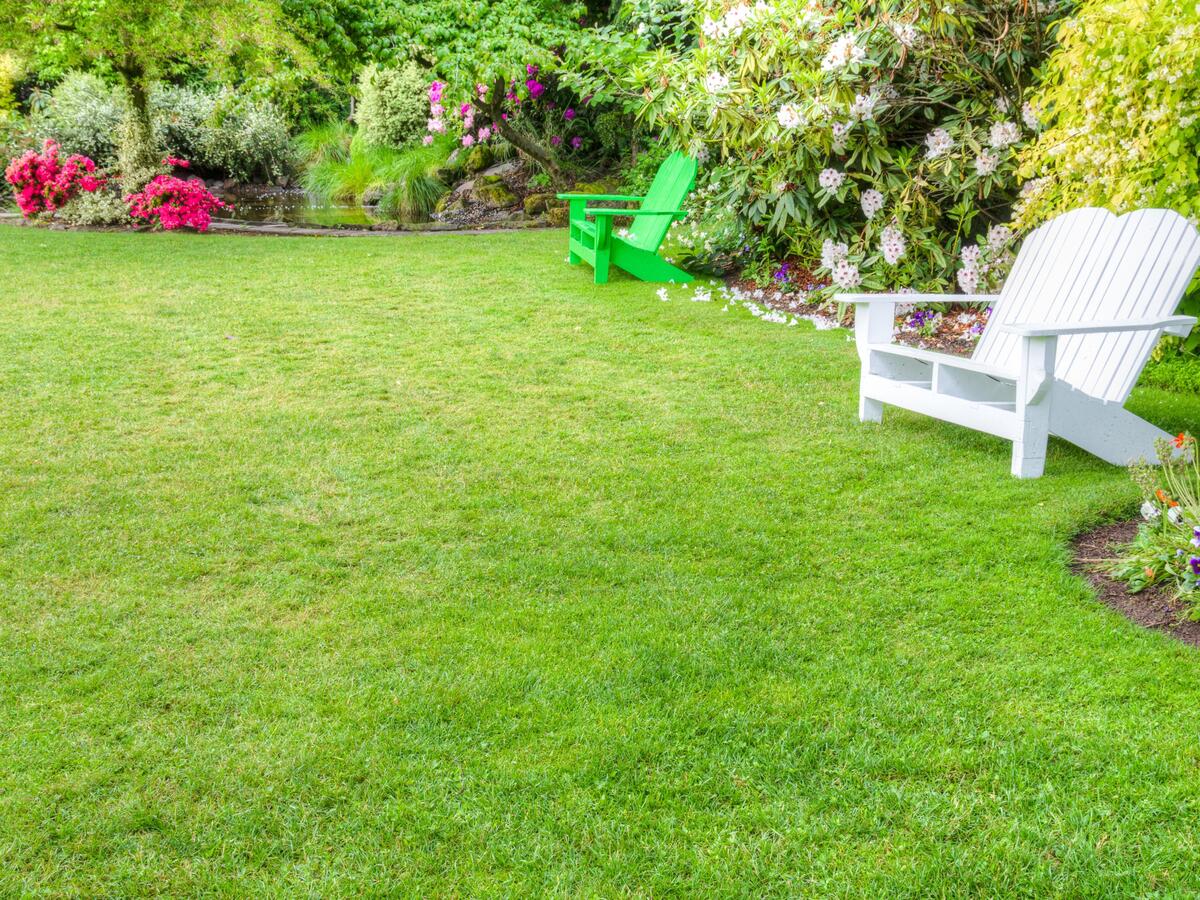
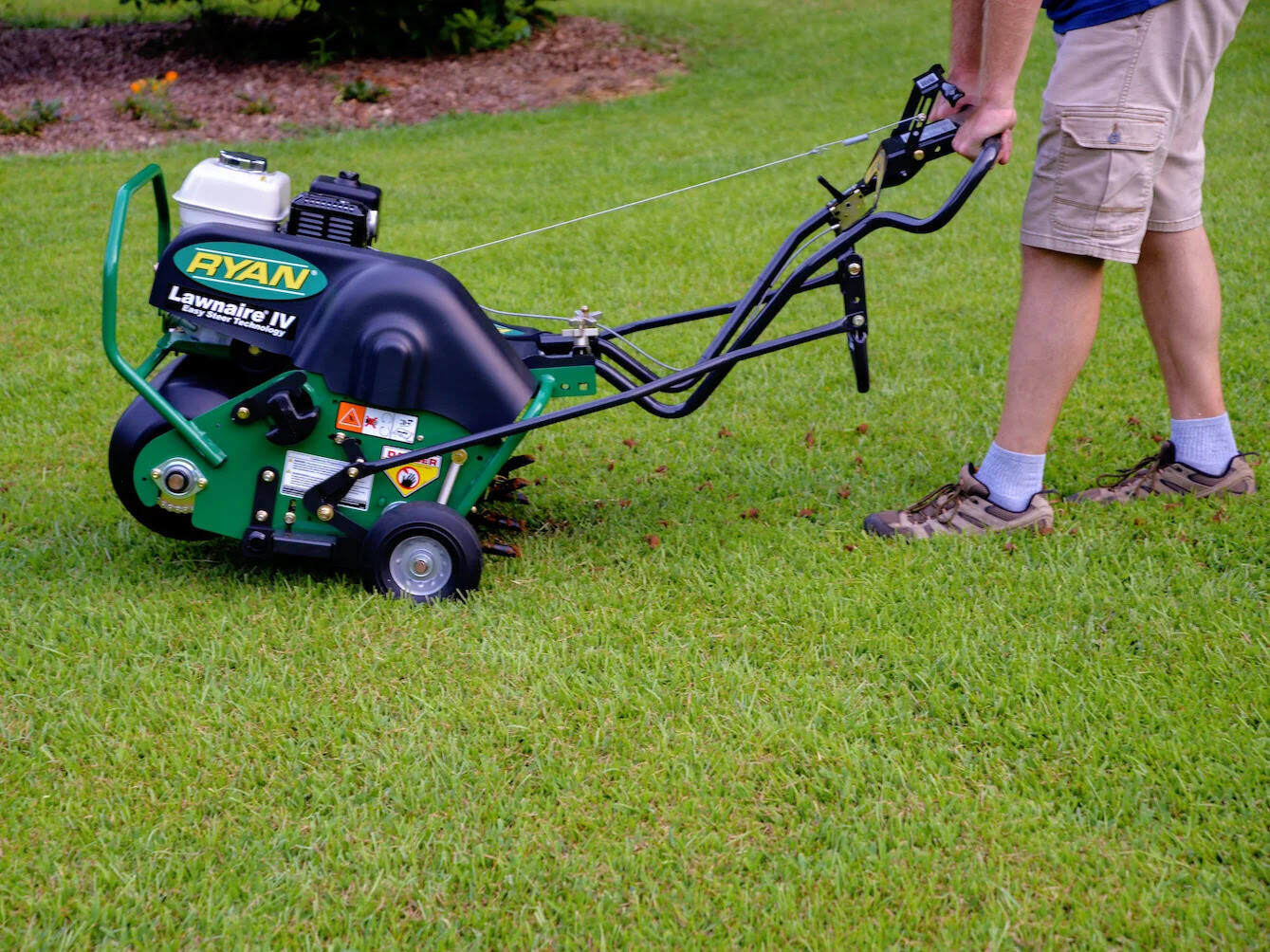
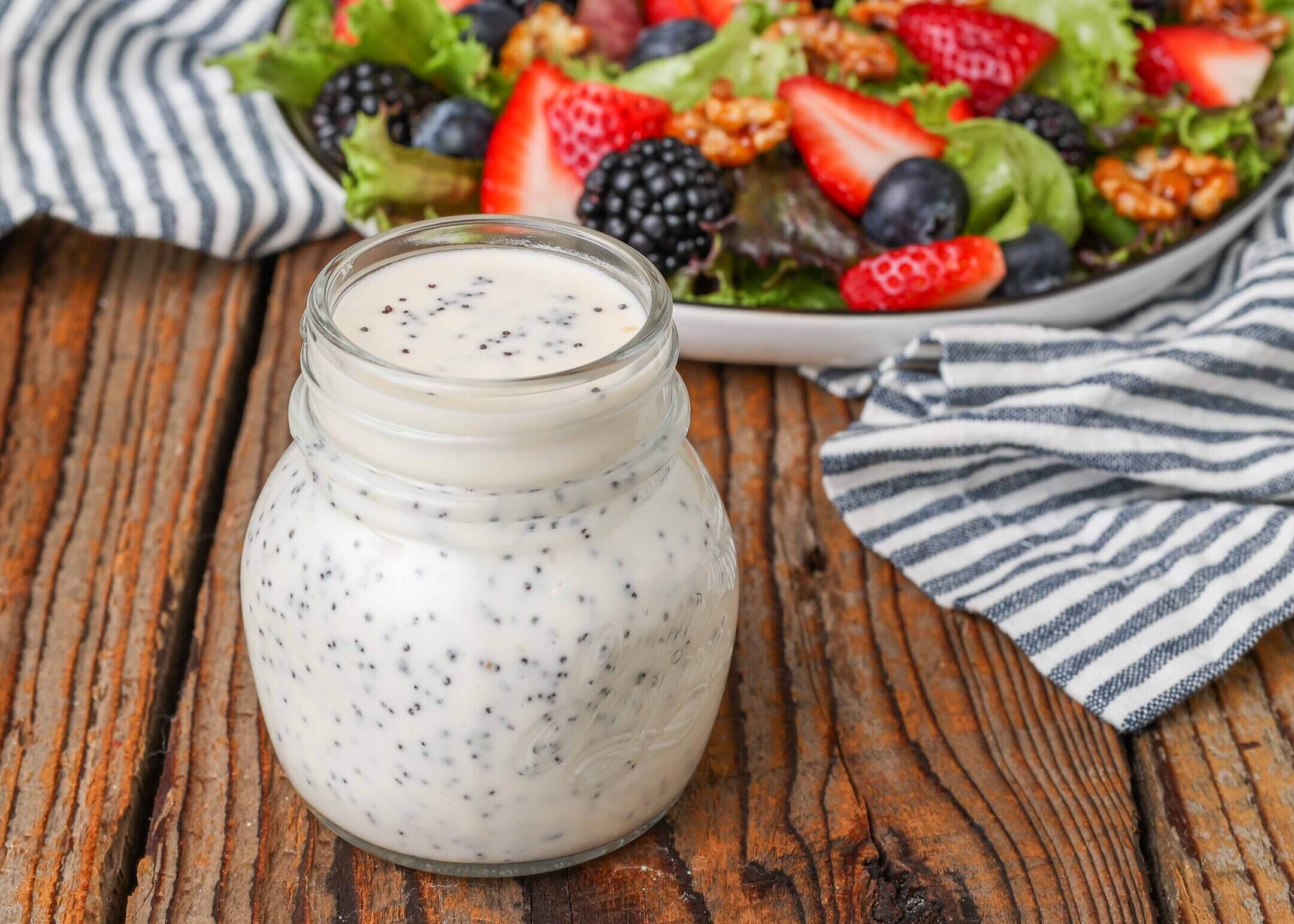
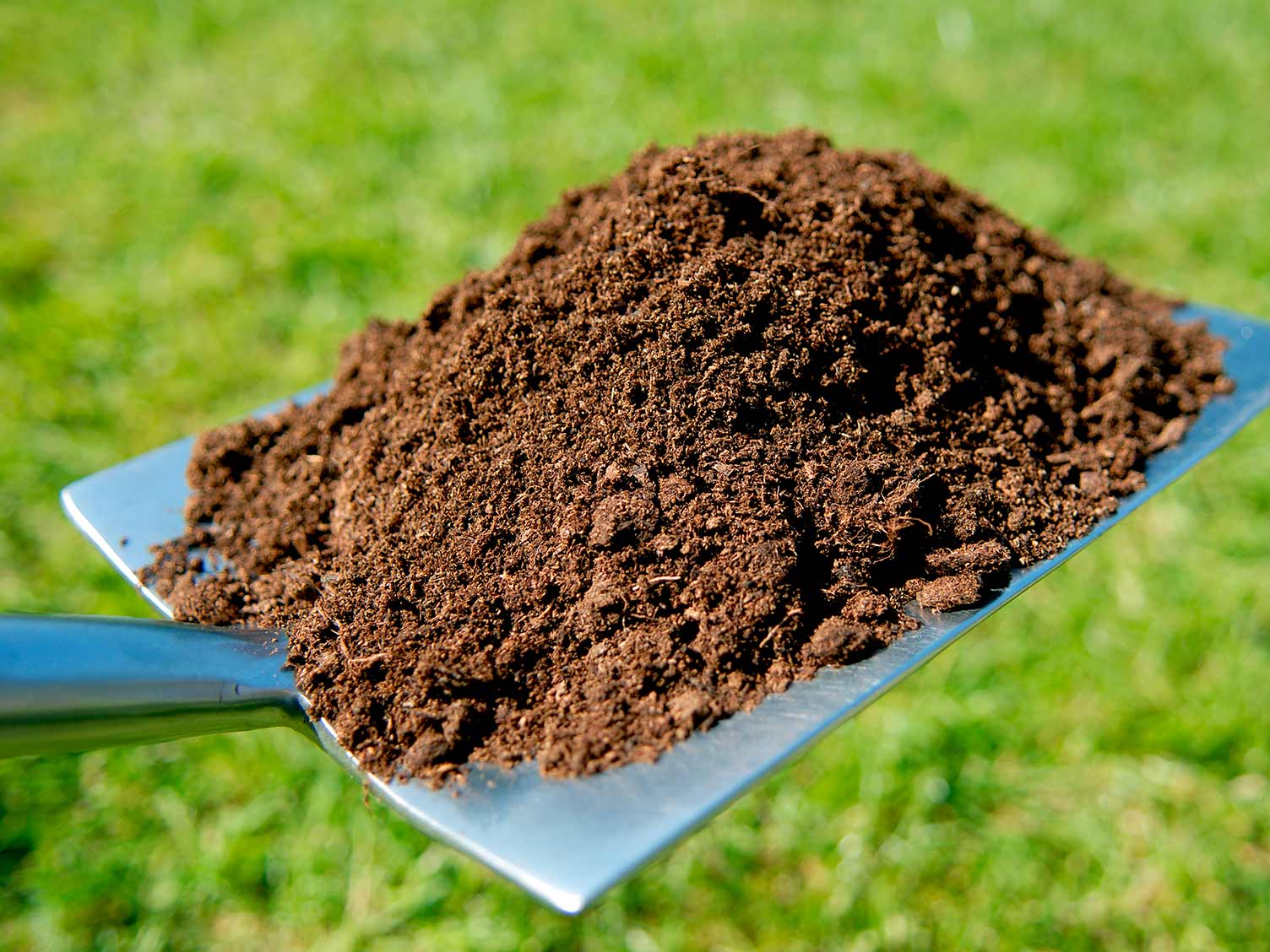
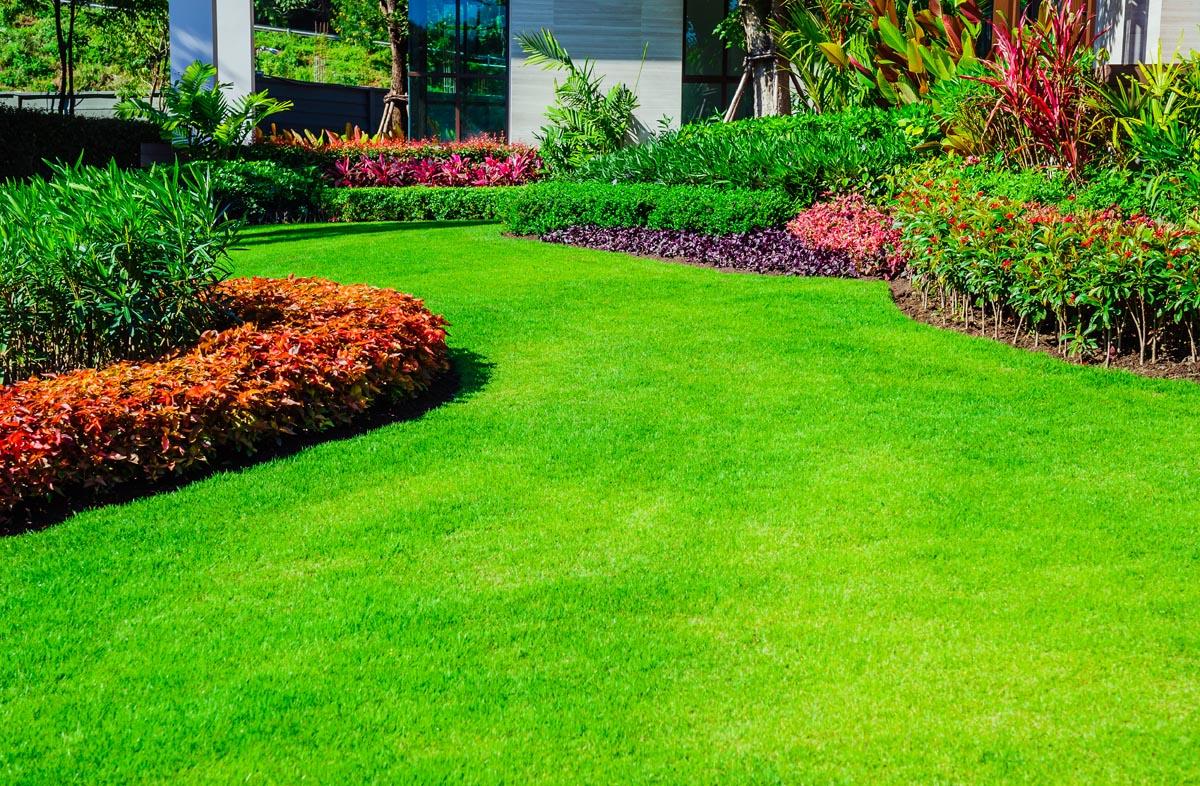
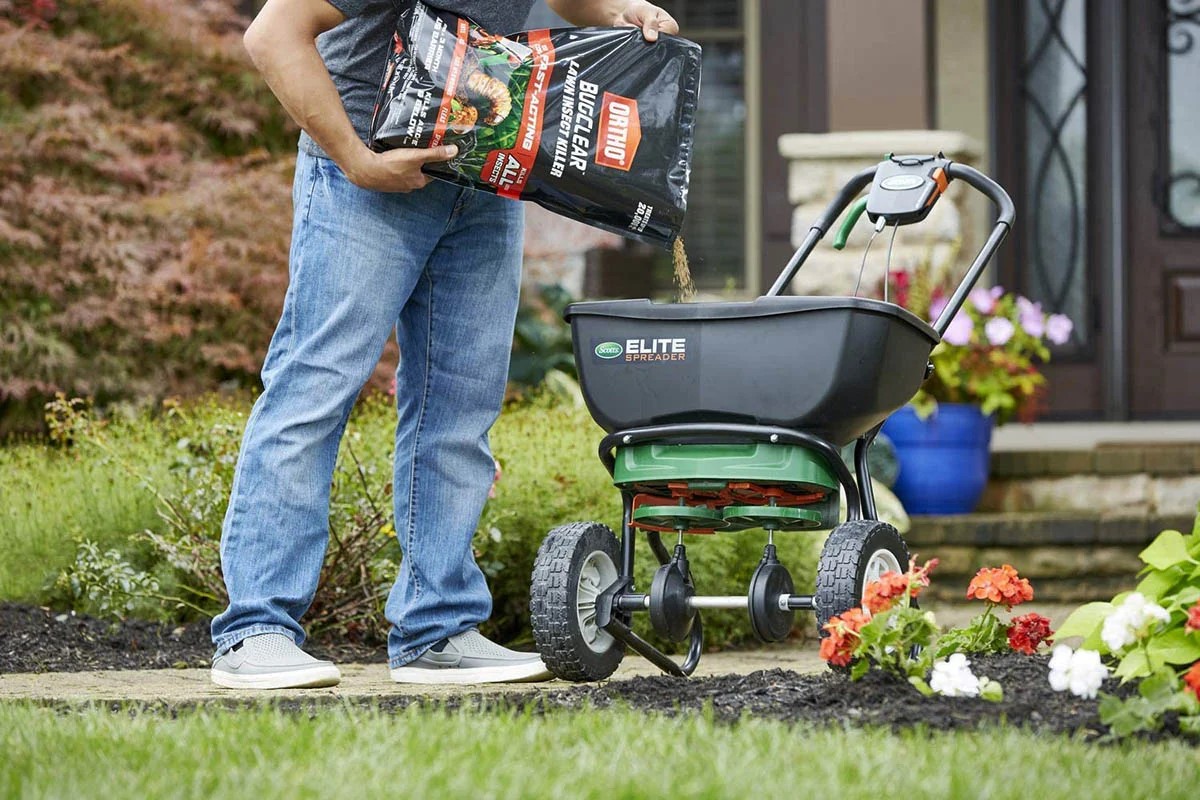
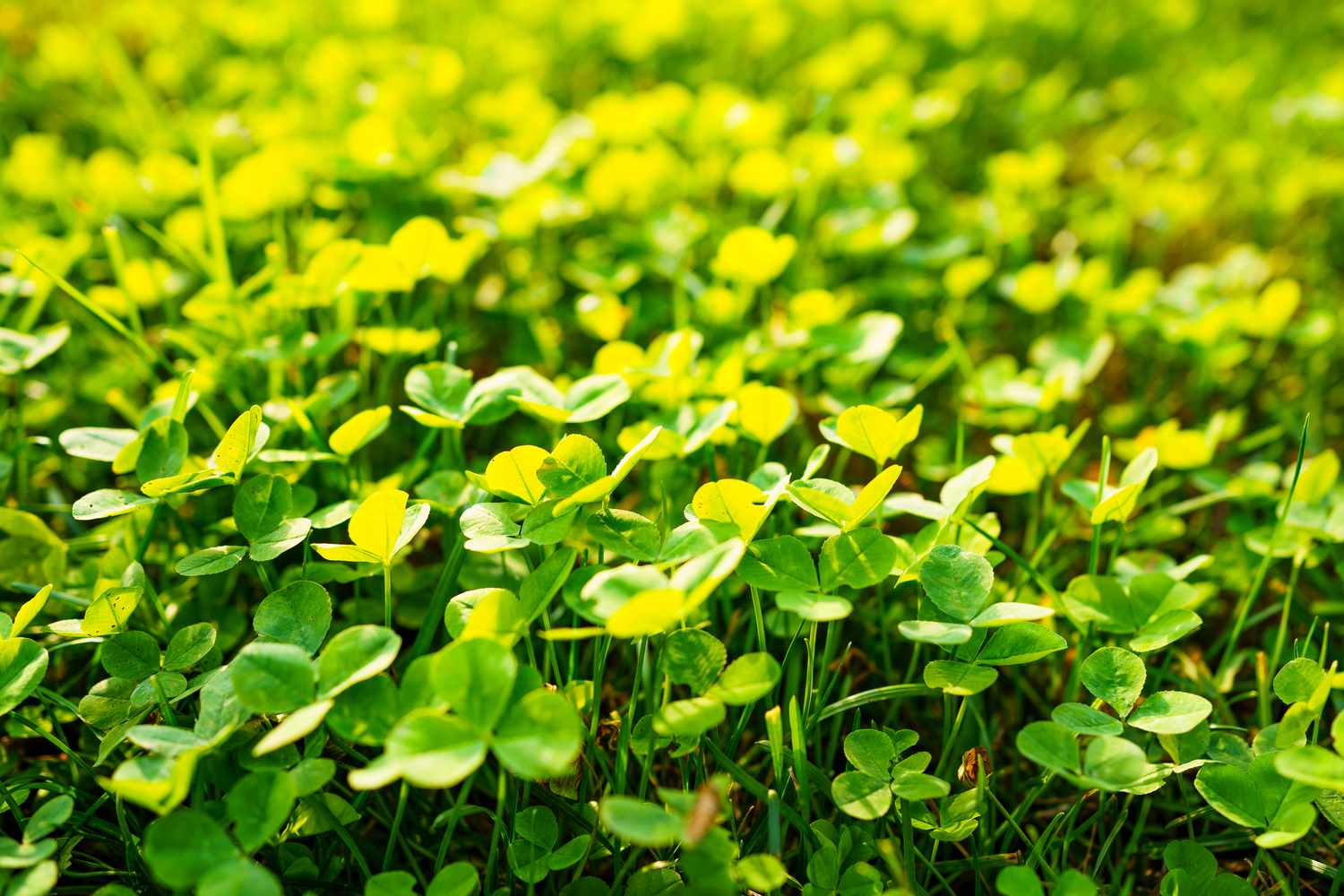
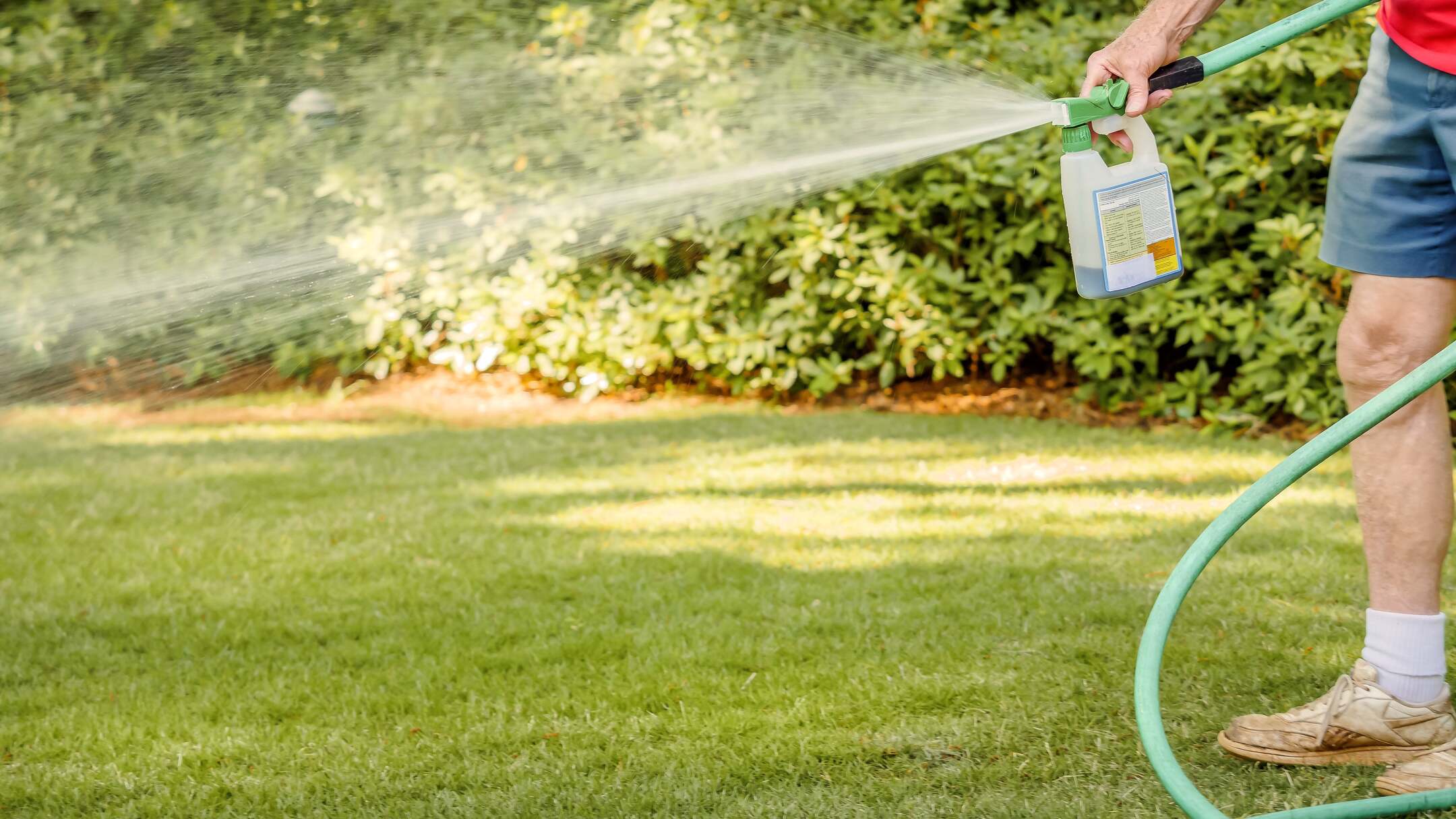
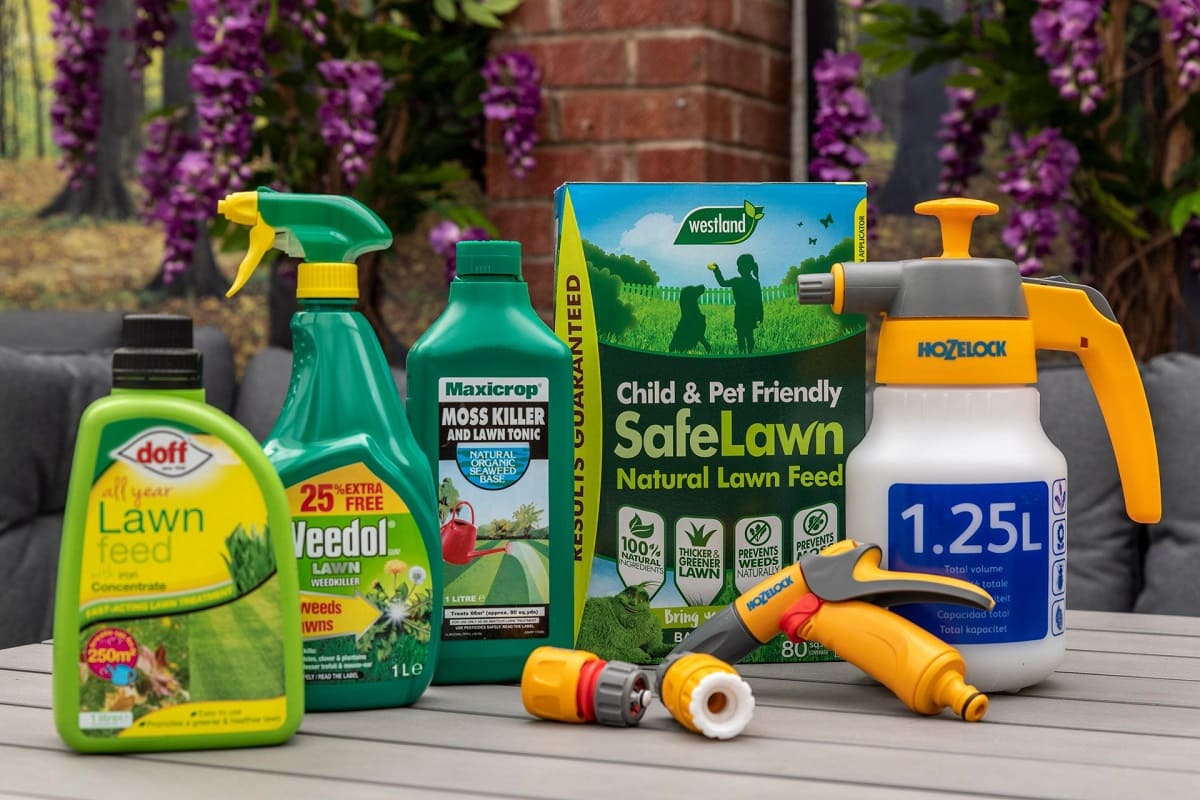
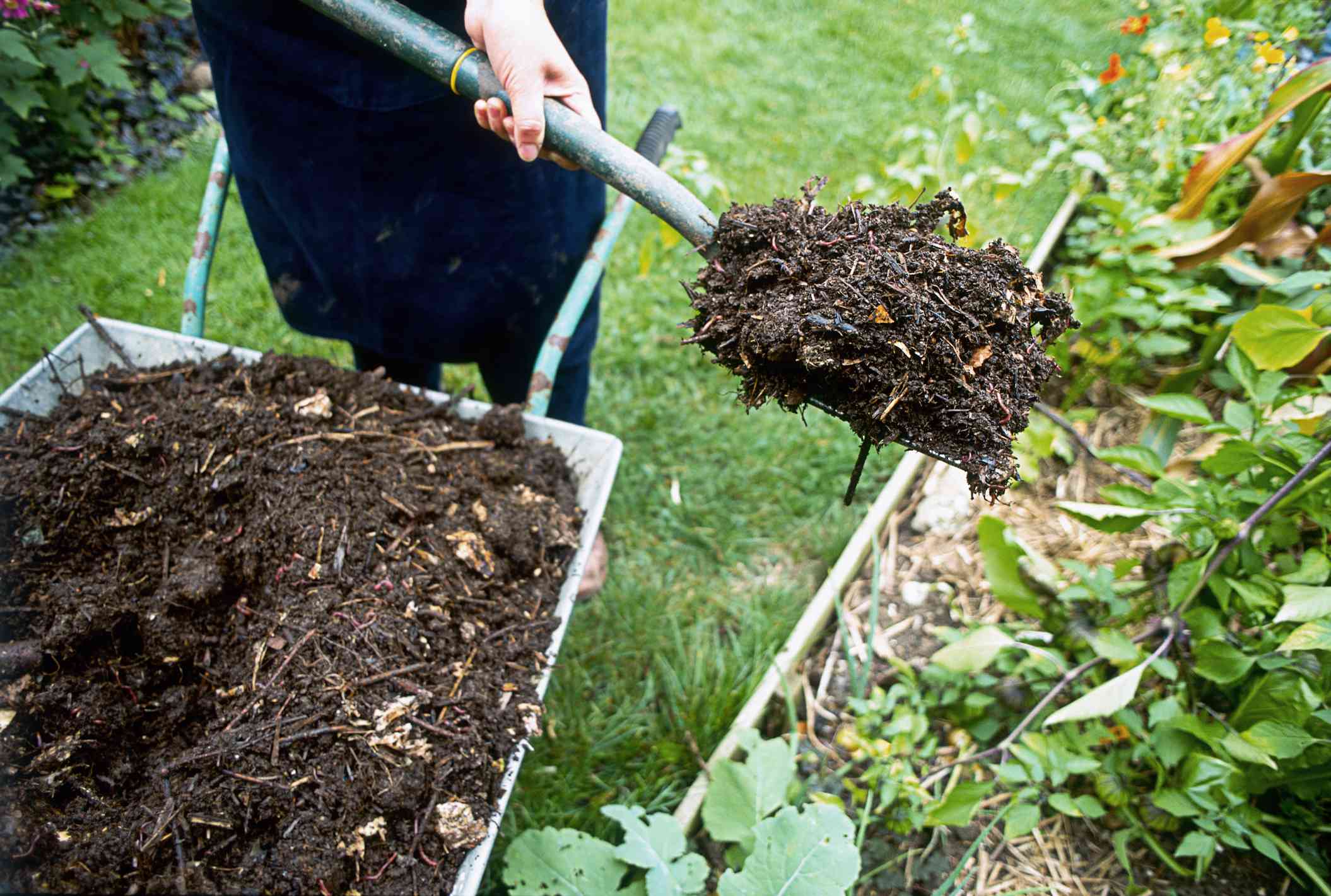
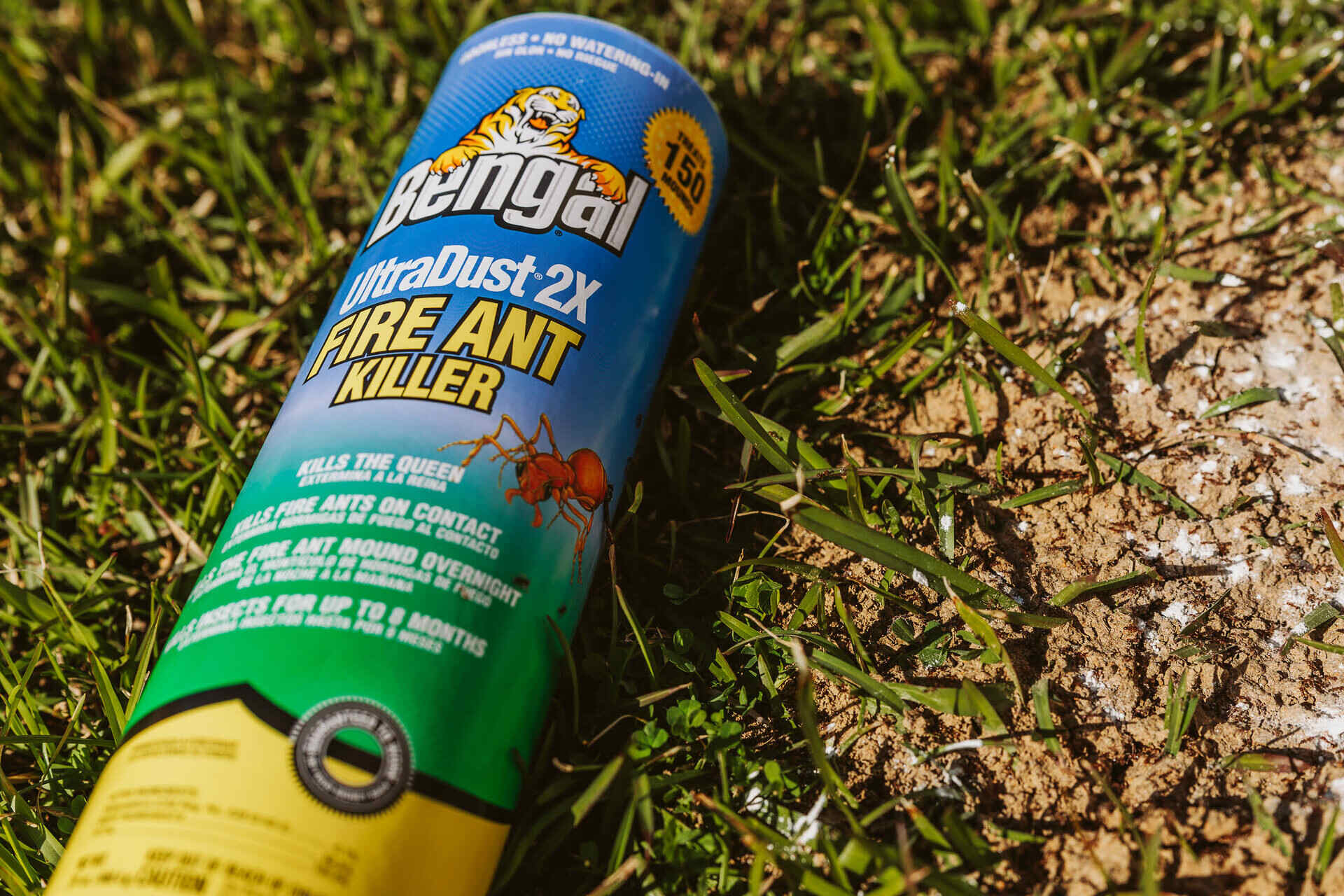
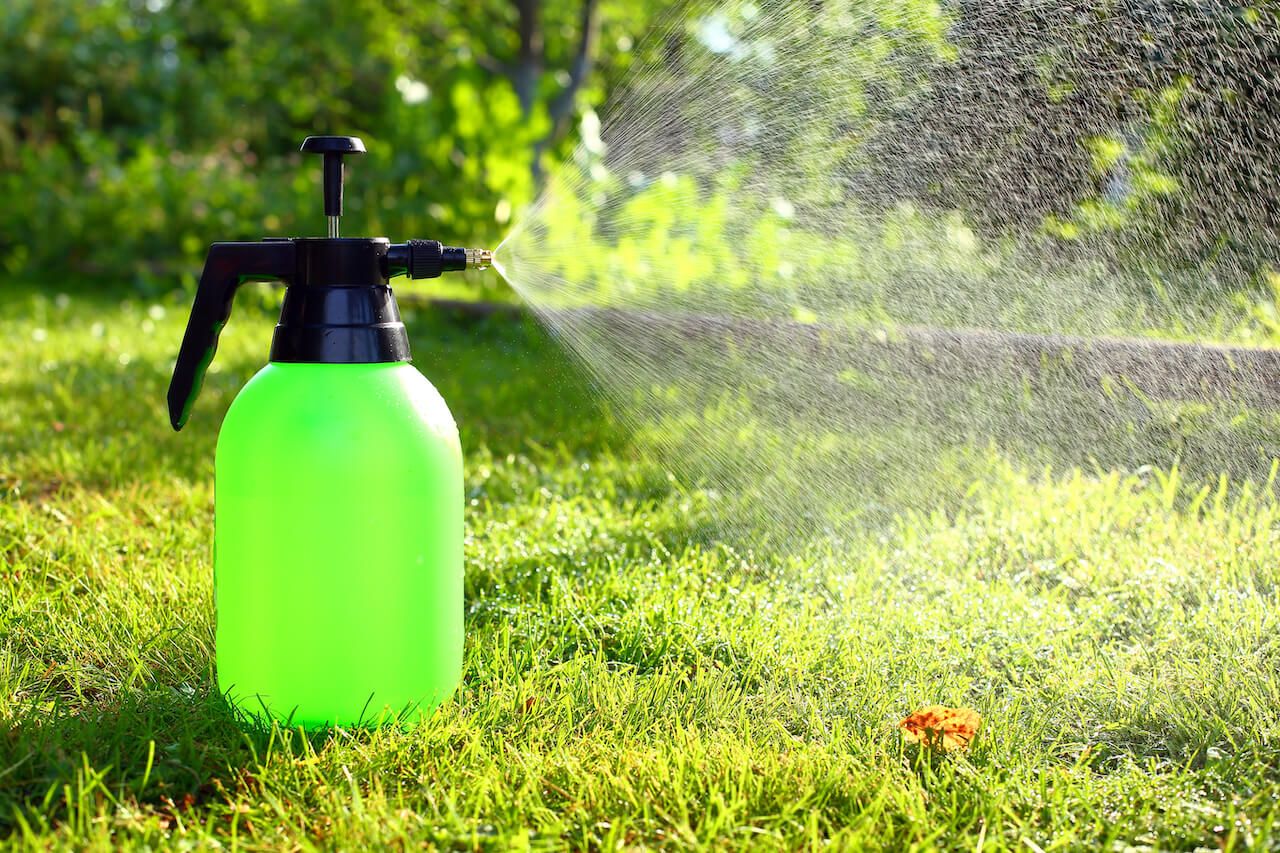

0 thoughts on “What Is Best For Top Dressing Lawns”